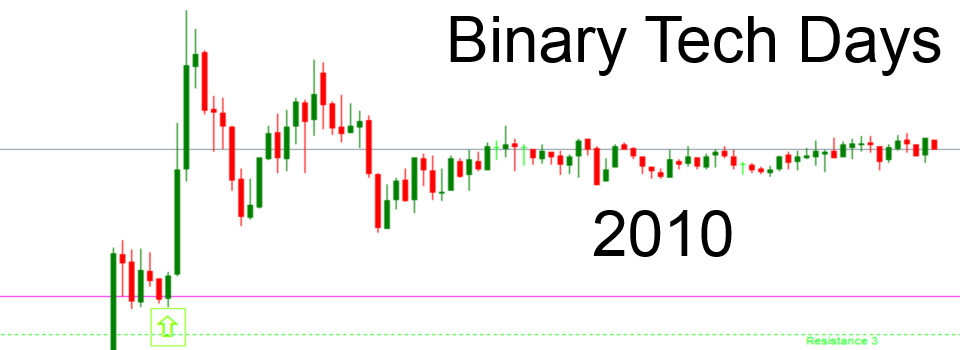The euro and the U.S. dollar are the two most commonly traded currencies in the world. Pretty much every Forex trader knows this and has at least some experience trading them. They are popular because they represent two of the oldest and strongest economies in the modern world: the United States and the European Union. These have been historically wealthier areas and trading hotspots. As such, the currencies are stable and harder to swing trade.
The popularity of this currency pair, though, makes it quite difficult to trade over the short term. Because it is so heavily traded, the movement that it does have in price tends to be small, and it tends to be self-correcting. Taking out a 7 hour position on it, for example, might end up being a losing trade, even if you are right about which way you think it will go, simply because there might not be enough momentum on it to cover the spread. And because it’s so popular, the spread at many Forex brokers tends to be a little bit bigger than it is with other currencies. The end result is that the currency pair that the most amount of people are most knowledgeable of tends to be a little bit harder to be successful with than other currencies.
The trick to trading the EUR/USD pair successfully is to either time your trades more effectively, or to find a different method other than within the traditional Forex market to trade it. Timing is a key concept for all traders to learn, but it is also very difficult. Trying to follow big institutional traders is a solid strategy, but this can be difficult to predict. There’s no major bank announcing what they’re about to do 30 minutes before they do it. Instead of this, you need to find a way to monitor volume and detect patterns. Software like MetaTrader4 will assist with this, but you will also want some sort of streaming news or alert service that will notify you whenever a large amount of cash changes hands. These services tend to have a subscription cost associated with them, but the heads up they give you and the extra time that they buy you by getting in before prices jump or drop is worth it. Signals services or expert advisors (trading robots for MT4)--if of a high quality--can give you the same edge.
One alternative to the spot market is binary options. Here, there’s no spread to worry about, but you do not have the multiplied buying power of leverage. Instead, you are given a flat rate that you know of before you commit to the trade. It’s a small tradeoff for bigger traders, but for the average small to mid-size account holder, you end up benefitting. Instead of trying to squeeze a few extra pennies out of each trade, you now have the ability to predict trade outcomes more accurately and get bigger profits without the added risk of high leverage exposure.
You do need to make sure that the tools you are using are trustworthy. Besides the obvious reading of reviews and the like, you will want to compare them with your own research. Look at the data you have been studying on your charting package and make sure that the signals match up. For example, if a service’s recommendations say that the EUR/USD has been trading near its resistance point and is likely to drop, but your information doesn’t reveal the same, you may want to reconsider paying for, and risk losing more money, on that particular service. The more experience you get with your trading, the better you will become at this skill.
